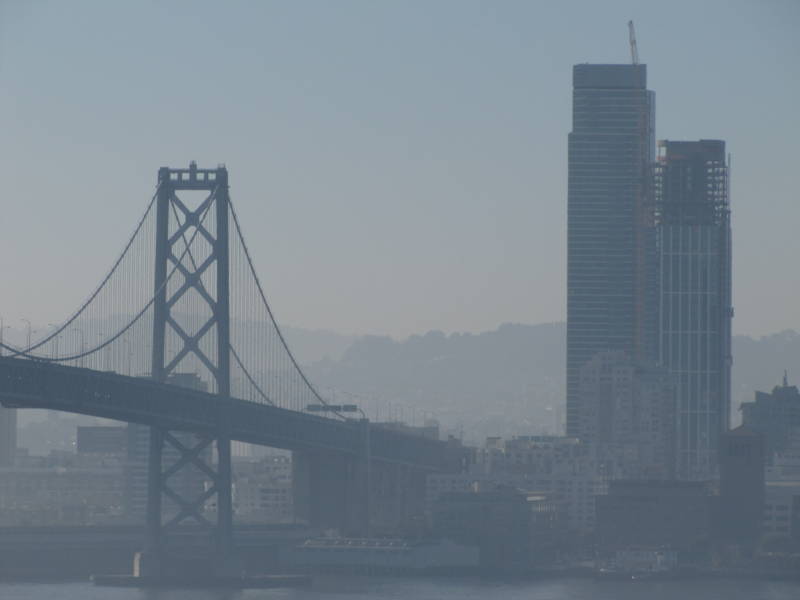In the months since the study was published, the virus has spread to all corners of California, which recently passed the grim milestone of being the first state in the nation with a half-million infections. Statistics show the disease disproportionately affects communities of color.
Now, researchers with the Public Health Institute, an Oakland-based nonprofit health organization, and UCSF are launching a joint study funded by the California Air Resources Board to examine the link between dirty air and disparate health outcomes at the neighborhood level.
“It’s already evident that low-income communities of color in California are at disproportionate risk of getting COVID-19, and also at increased risk of hospitalization and death,” said Gina Solomon, the lead researcher on the study. “That’s a stark and horrifying fact already from the data.”
An open question, she says, is the extent to which air pollution is contributing to these health impacts.
The Harvard study examined data at the county level, but research has shown that air quality can vary wildly among neighborhoods and even individual city blocks.
Solomon says it’s important for researchers to examine the “differences in air quality and health vulnerabilities across the counties,” as well as to examine the impact of recent exposure to air pollution along with long-term exposure.
Her team will be analyzing local air quality models and exposure to particulate matter, ozone, smog, nitrogen oxides from diesel trucks and other air pollutants.
“We’re already seeing higher rates of COVID in communities,” said Solomon. “For example, in the L.A. area, in Imperial County, Riverside County, where we see bad air locally.”
The researchers will look closely at data in the neighborhoods of West Oakland, Bayview-Hunters Point, Richmond and other communities in the Bay Area with heavy diesel truck traffic and dirtier air.
Solomon says the results of the study could be available as soon as the end of the year.

